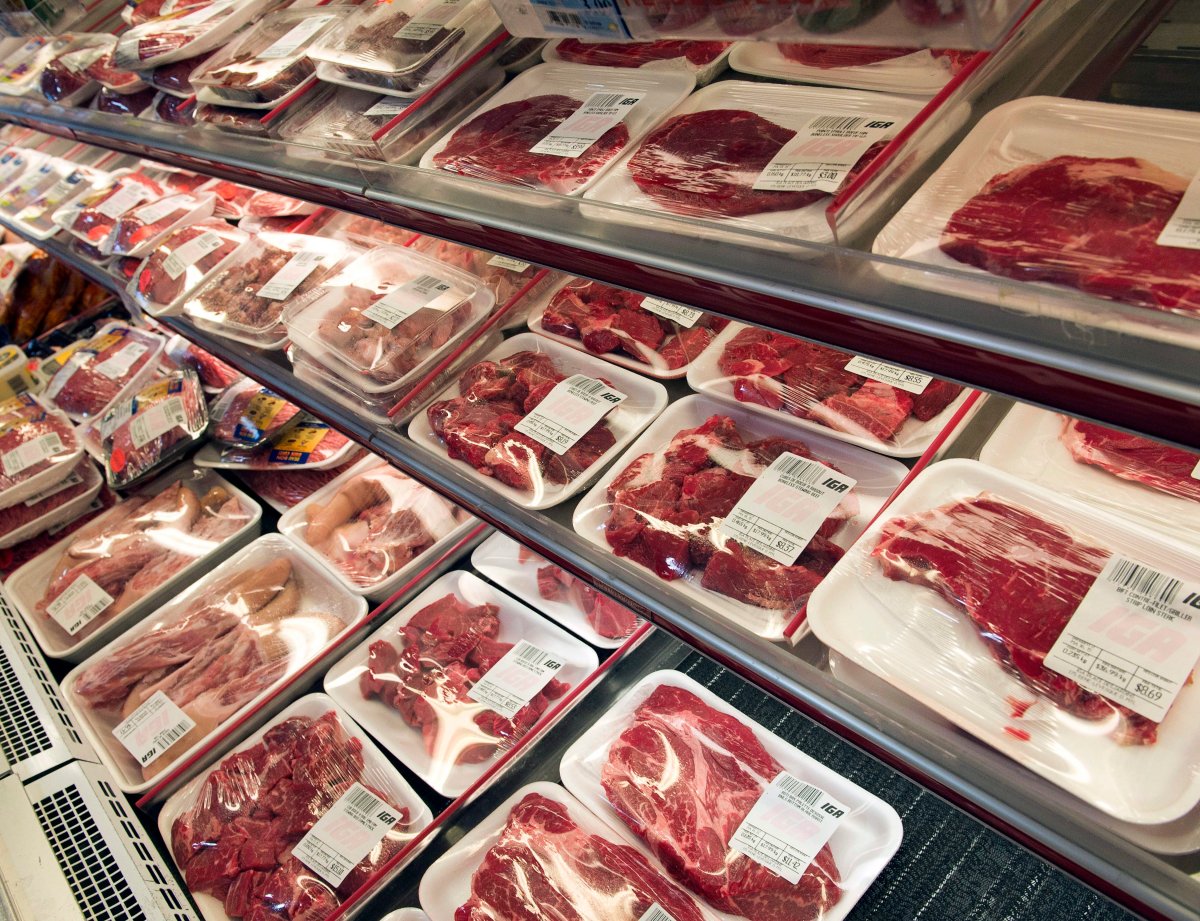Canada’s Food Inspection Agency says it’s working to make more of its inspection records public — but it doesn’t know when that will happen or how much information it will keep secret to respect corporate privacy.

The admission that the agency could be more transparent comes in the wake of a Global News investigation into Canada’s food safety system gaps in Canada’s food safety system and shortcomings in our ability to track the source of foodborne illnesses. It took Global News years to obtain incident reports of e.Coli contaminations; the reports we eventually received were heavily redacted and came in a format that was nearly impossible to parse.
Right now, the agency doesn’t publish facility inspection records or incident reports delineating onsite contamination: The only way you find out a food plant’s dealing with dirty equipment is when diseased products reach supermarket shelves.
The agency plans to fix that, said Paul Mayer, the agency’s vice president of policy and programs. He just isn’t sure when that will happen or what it will look like.
READ MORE: Are foodborne illnesses on the rise?
“The agency is embarked on a focus on how the transparency in the system can be improved while at the same time respecting the important privacy responsibilities enshrined in Canadian legislation,” he said.
He wouldn’t say what aspect of Canadian legislation prohibits the publication of safety inspection of commercial food plants selling products to the public.
READ MORE: Navigating gaps in Canada’s food safety system
Mayer also reiterated the federal government’s statement that there have been no cuts to inspections or inspectors. Rather than cuts to inspection frequency, he said, the agency is simply altering its approach to the level of “risk” in different regions.
But while it’s true that the number of field inspectors is up since 2007, their ranks have dropped since 2011, even as the food supply chain grows more complex and multiple high-profile outbreaks of foodborne illness put pressure on the agency to beef up food safety.
Mayer also countered a claim from Bob Kingston, head of the agriculture workers’ union, that inspectors are being pressured not to interfere with food plant production.
“Our inspection staff have significant authority to halt production where problems are observed,” he said. “And, of course, if contaminated product reaches the marketplace we also have the ability to recall products if necessary to protect Canadians. …
“Our inspectors are encouraged to operate with courage, rigour and respect.
“They act on the situations as they observe them and routinely will interrupt the distribution of product if they think that product has the possibility of posing a risk to Canadians.”
READ MORE: Whom do you trust with your food?
And what about the outbreaks of foodborne illness that Canada’s food safety authorities can never trace to their source? It’s complicated, Mayer said.
“Food safety investigation is complex. We are dealing with the very difficult job of carrying out the detective work to determine what may have contributed to the contamination of a product. …
“Not in every case can we in our investigation pinpoint the source.”
The Safe Food for Canadians Act gives the feds more power in tracking elusive foodborne pathogens, Mayer said. But that act, passed three years ago, still lacks the regulatory backbone it needs to be brought into force. Ottawa is still doing consultations over what those regulations should look like.
“We’re working aggressively to complete that work and bring forward the final proposals for regulatory amendments,” Mayer said, “but it is critical that that process involve the input of Canadians and regulated parties. And that’s the process that we’re engaged in.”
Mayer added that Canadians also bear responsibility for food safety, and take the proper precautions when cooking meat. He says recalls and outbreaks of foodborne illnesses should be viewed “against the backdrop of the hundred million meals consumed by Canadians every day.”





Comments